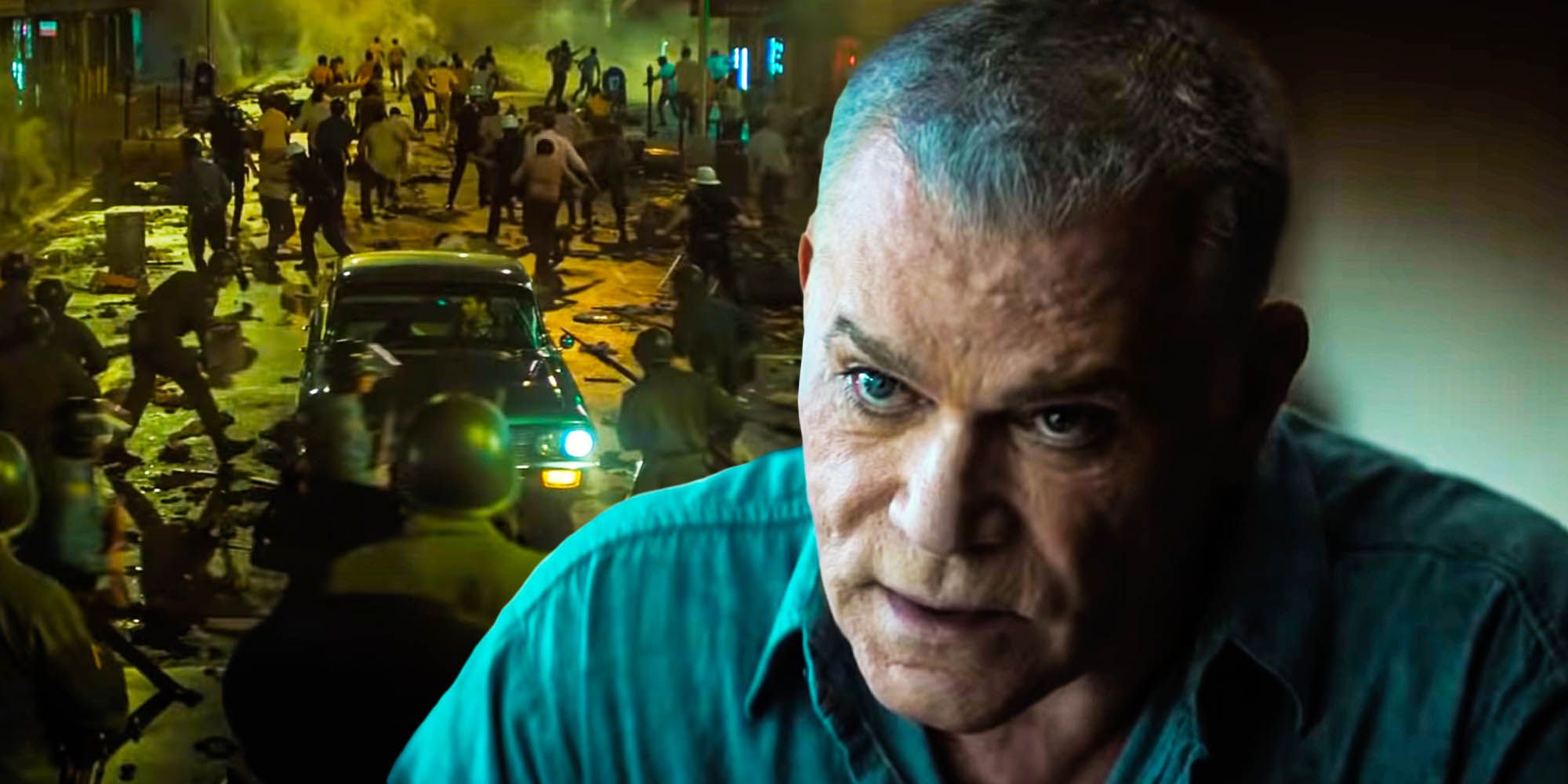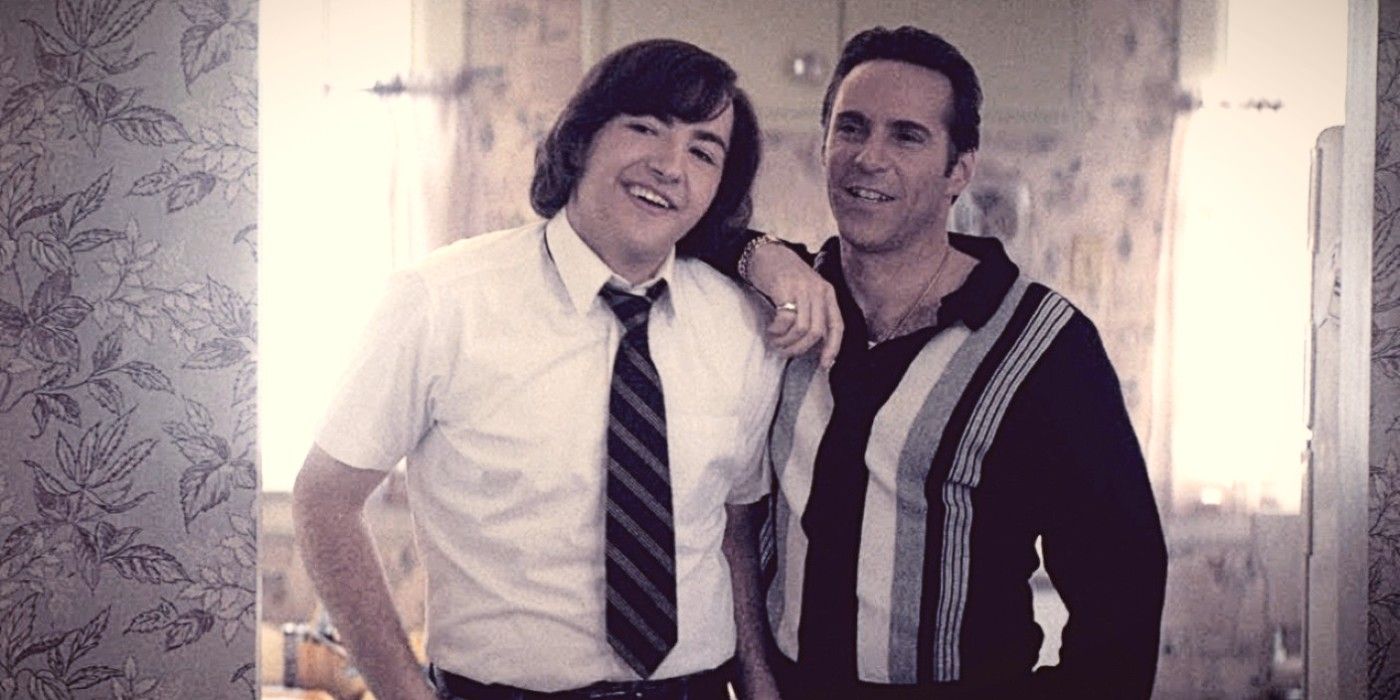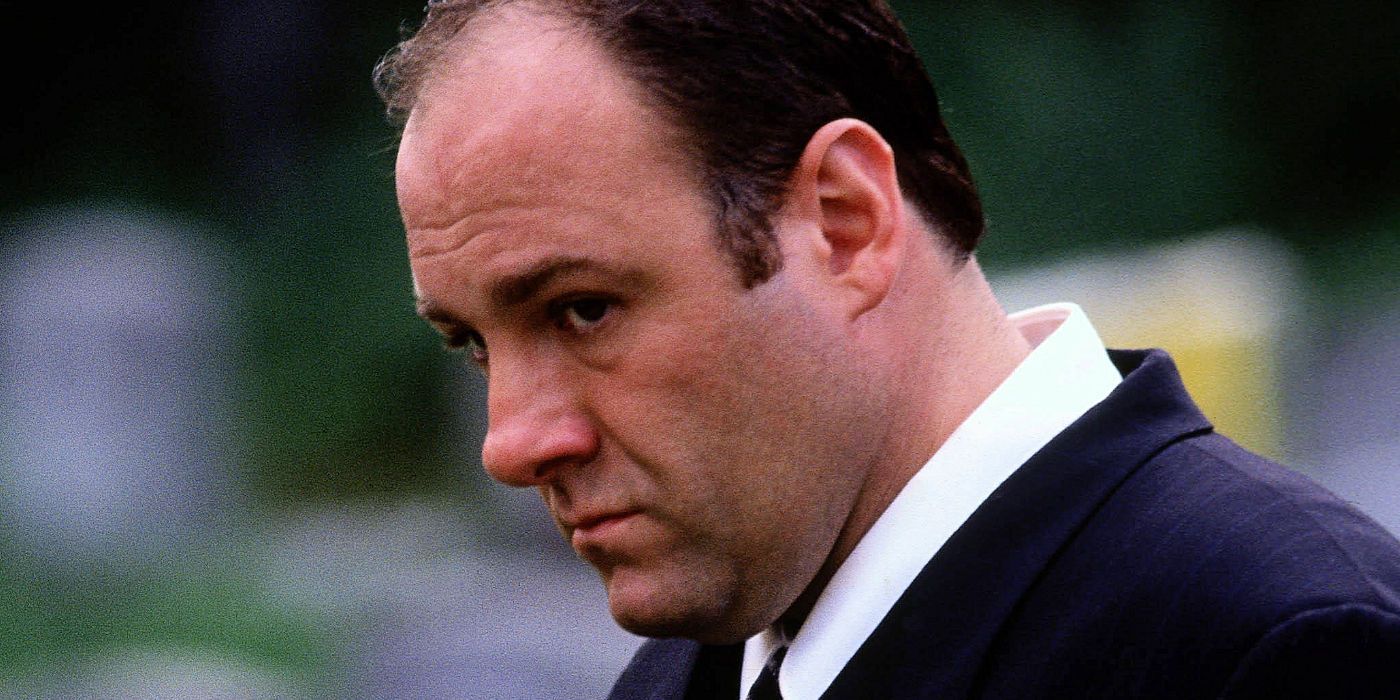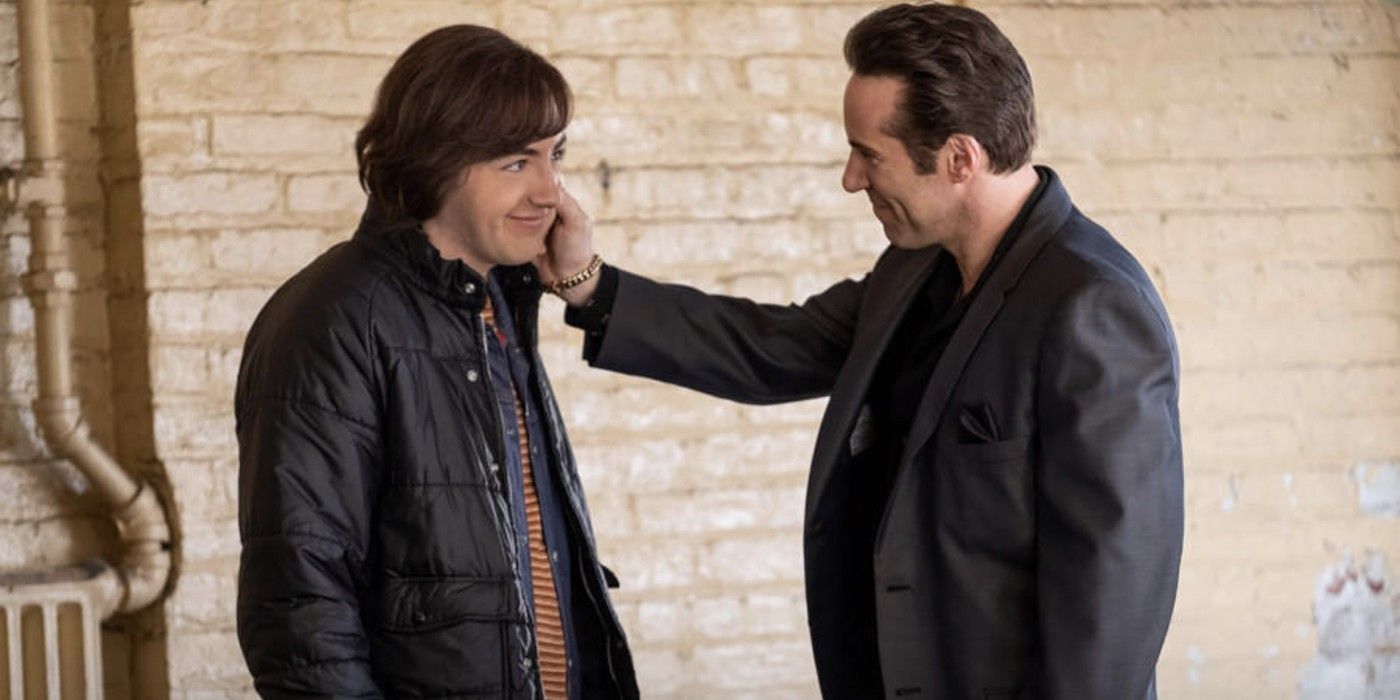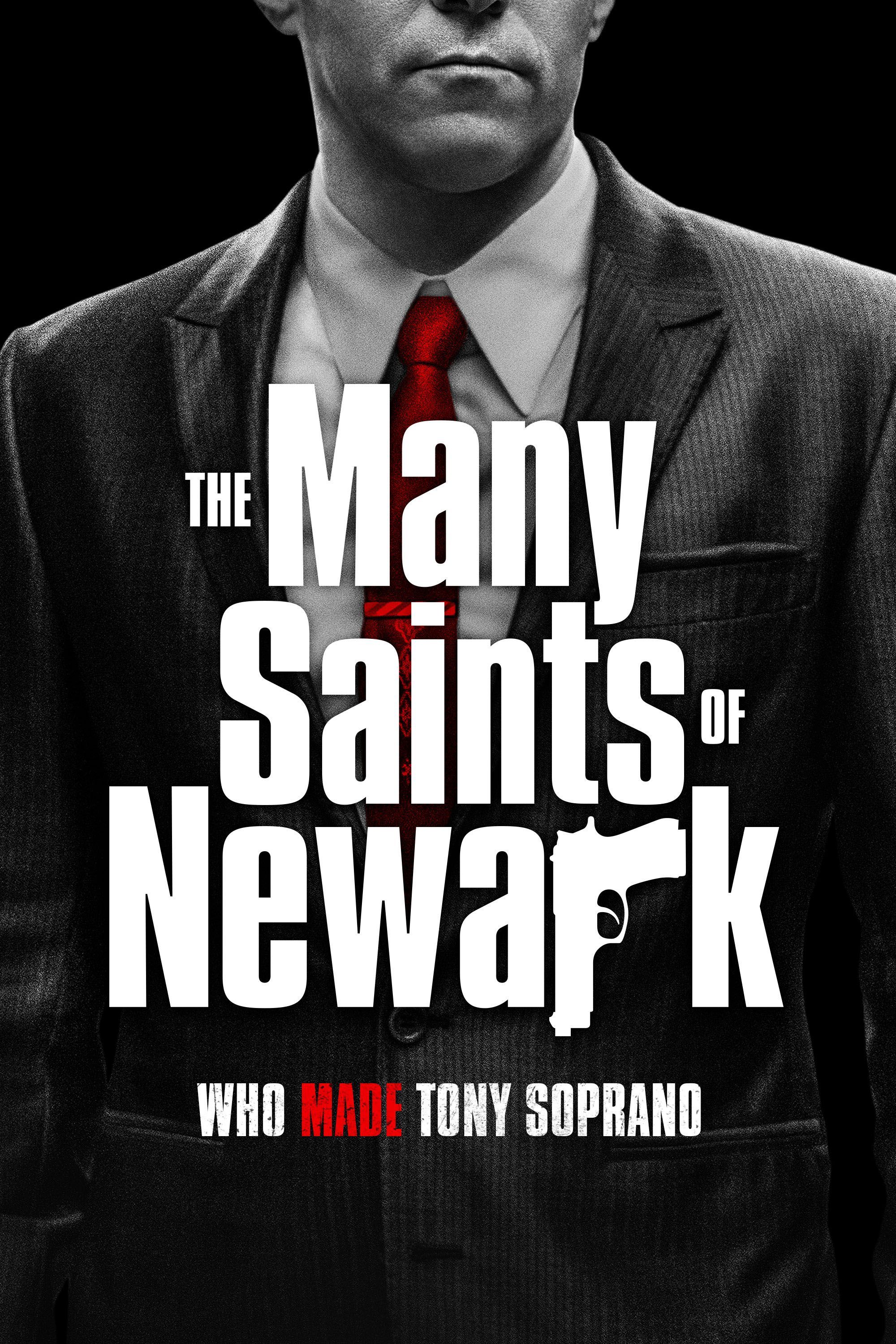HBO's The Many Saints of Newark is set in 1967 amidst a backdrop of emotive riots that ensured a tumultuous time for the residents of the largest city in New Jersey. A direct prequel to The Sopranos, The Many Saints of Newark tells its tale through the eyes of a teenage Anthony Soprano caught in a violent gang war of his family's making. From the mind of Sopranos creator David Chase, the film will also allow a close examination of the legendary Dickie Moltisanti, whose influence over Tony shapes him into the feared head of the DiMeo crime family.
The Many Saints of Newark was always destined to be an incredibly emotional piece of cinema due to its inevitable memorialization of the late James Gandolfini. Not only has The Many Saints of Newark used archival recordings of Tony's voice, but Gandolfini's surviving son, Michael, dons the role of a young Anthony Soprano. The initial critical response suggests Michael Gandolfini delivers a heart-wrenching performance in his father's image as the teenage Tony morphs into the infamous, all-powerful mob boss that dazzled in the original Sopranos story.
Yet, the most emotive element of The Many Saints of Newark arrives in the form of its setting, taking place in 1967, a dark year in Newark's history overshadowed by escalating racial tensions. The 1967 riots, contextually, serve as a backdrop for tensions between the Italian-American and African-American communities of the New Jersey city, a story that poignantly still holds weight to this day. Here's the true story and history behind the 1967 riots featured in The Many Saints of Newark.
Why The Many Saints of Newark Is Set In 1967
The time period in which The Many Saints of Newark unfolds is a very deliberate choice by Sopranos creator David Chase, which provides the movie an opportunity to bring significant historical and cultural schisms to light. The 1967 Newark riots resulted from unprecedented police brutality against African-Americans, causing the city to descend into chaos for 5 days. It is this same chaos that serves as the backdrop for the DiMeo crime family's struggle for power, allowing their bloody feuds to unfold away from the eyes of the law. The Many Saints of Newark's setting is also a critical plot device as racially charged violence erupts in the city, causing DiMeo crime family members such as Harold McBrayer (Leslie Odom Jr.) to become radicalized and leave the syndicate as they fight their community's oppression.
The backdrop of 1967 Newark also plays a key role in one of the movie’s central relationships between the prequel's Dickie Moltisanti (Alessandro Nivola) and Harold. The New York riots created a watershed moment for the race relations between the Italian-Americans and African Americans living in Newark, which for The Many Saints of Newark results in a pivotal split in the two men's relationship despite their childhood bond. This fracturing of supposedly strong ties encapsulates the issues the DiMeo family faces throughout the plot of The Many Saints of Newark and the societal chasms that the issue of race continues to create.
How The Prequel Sets Up The Sopranos
At its core, The Many Saints of Newark is designed to function as Tony Soprano's origin story during a tumultuous era in Newark's chequered history. As a Sopranos prequel story, Tony must inevitably face the fundamentals of becoming a man within the all-powerful DiMeo crime family amidst an increasingly race-torn city. Yet despite the obvious desire to revisit one of TV's greatest characters, both Many Saints of Newark director Alan Taylor and Michael Gandolfini have stated that the movie's main focus primarily shifts away from Tony in favor of establishing The Sopranos lore. While some scenes are deliberately shot through the eyes of a young Tony, the primary protagonists of The Many Saints of Newark are characters that exist only in legend by the time Tony Soprano takes charge of the family.
One such noted Sopranos character is hinted-genius Tony's idol, Dickie Moltisanti, who struggles to manage his professional and personal responsibilities built upon flawed ideals. Alessandro Nivola states that his character is "an image of perfection and control" who in reality is "is slowly unraveling emotionally," and it is these flawed patriarchal figures that will shape Tony Soprano into the ruthless crime boss he eventually becomes. While Tony is certainly at the heart of The Sopranos prequel, the structural essence of The Many Saints of Newark is recounting Dickie and other DiMeo members' narratives that shape the kingdom which Tony inherits.
The Real-Life History Of Newark Riots
Newark was one of the USA's first black-majority cities in 1967, but despite this was still entirely controlled by a small, white selection of politicians. The social and political disconnect between the men in power and their Populus, alongside a sudden shrinking of the economy, led to increased incidents of racial profiling, police brutality and corruption, and the systematic denial of critical services to Black communities not just in The Many Saints of Newark's setting but nationwide. Therefore, the national mood was understandably dark before an incident on July 12th, 1967, lit the touchpaper to a brutal 5-day period of rioting in which 26 people died and hundreds were injured.
Two white Newark police officers accosted a black cab driver, John William Smith, as he passed their cruiser on the evening of July 12th, savagely beating him during his unwarranted arrest. The assault had numerous witnesses, and word traveled quickly throughout Newark's Black community regarding the severity of the injuries Smith sustained. Just one day later, on July 13th, a protest outside Newark's 4th precinct station turned violent, with looting and the burning of businesses fanning outward from the epicenter of the protest. What followed was 4 days of bedlam, with innocent civilians gunned down by police in retaliation to a sniper attack on several of their own during the morning of July 14th.
In the aftermath of the riots that form the backbone of The Many Saints of Newark's narrative. an estimated $10 million in damages ($78 million after inflation) was surveyed by the city of Newark. More poignant, though, was the human toll, with several media outlets revealing grim accounts of police officers gunning down young Black adults for minor offenses such as stealing a 6-pack of beer during the looting. A photo of one of many innocents in this story, Joe Bass Jr., bleeding on the ground after stray pellets from a policeman's shotgun blast struck him. This made the cover of Life Magazine on July 28, 1967, and became a symbol for the stark divisions in 1960s America.

